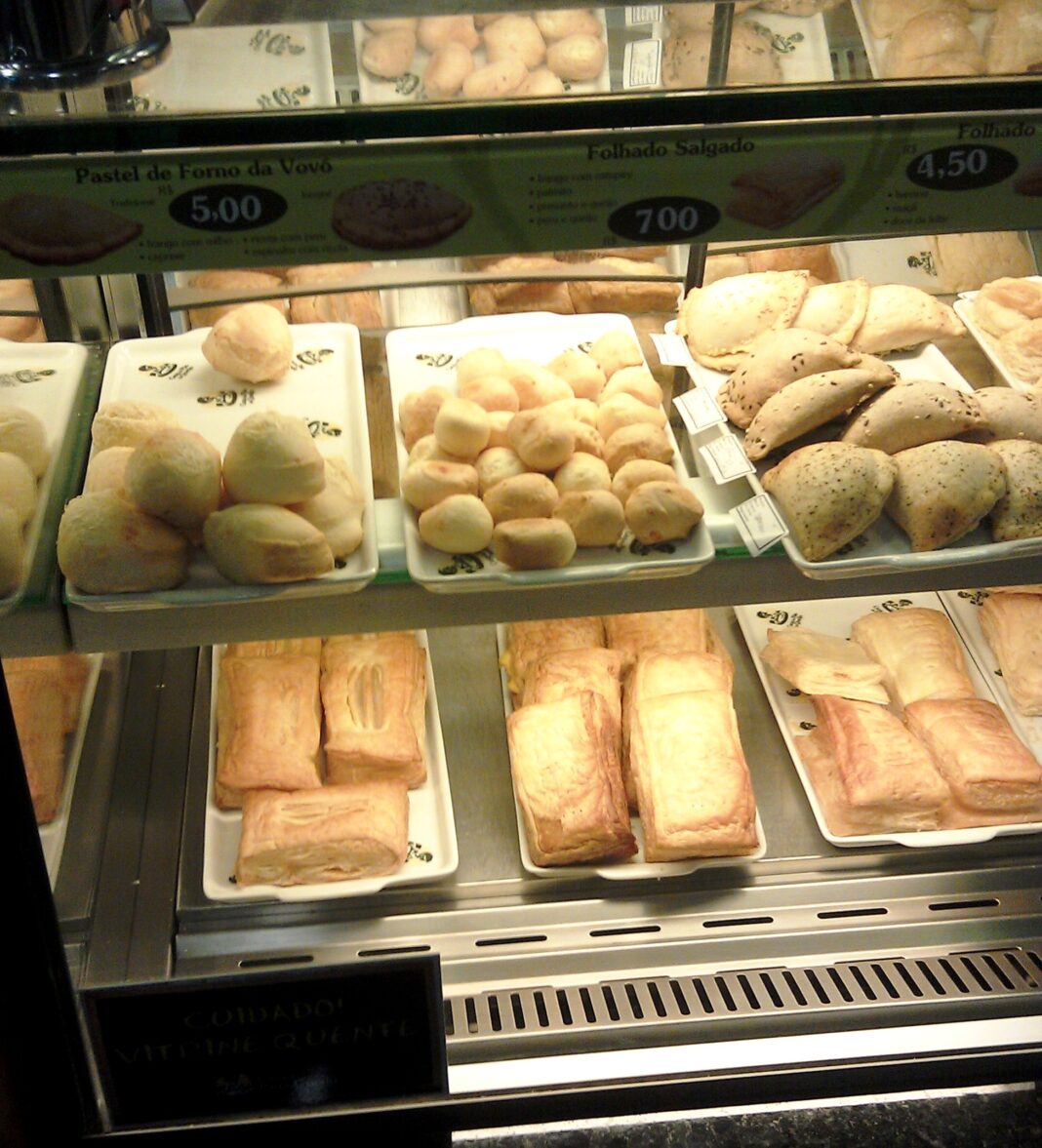Don’t let them fool you! Food in Brazil can be tricky.
Before traveling to Brazil people may tell you not to miss out on an amazingly healthy bowl of açai berries, that the pão de queijo and tapioca are gluten-free, and the farofa (toasted manioc meal) is delicious. I’m here to tell you otherwise!
Now I don’t care if you’re a self-proclaimed foodie or a college student living off of mac-n-cheese on the reg, eating the local cuisine when you’re on a trip can be pretty damn exciting. Food in Brazil is no exception: it’s fun but can be frustrating and overwhelming if you can’t read the menu in Portuguese, or have dietary restrictions (think vegetarian, gluten-free, etc.)
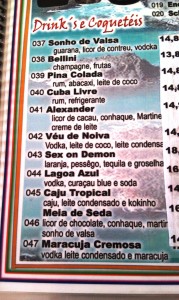
Uh, what?
During my trip I had the chance to eat at many different types of restaurants ranging from cheap local favorites to pricier tourist-traps, and unfortunately, not all of them were pleasant experiences. I’ll divulge the best restaurants I went to in a later post, but this will focus on eating gluten-free food in Brazil.

With so many breads, pastries, and fried food at every turn, eating gluten-free is going to be tricky if you’re in a hurry. Such was my dilemma the first few days in Brazil as I traveled from a wedding in Bauru (a city 4-hours from São Paulo) –> São Paulo –> Rio de Janeiro –> Buzios. This meant a lot of convenience foods in airports, bus terminals and gas stations.
Going in, I thought it would be a breeze. I had read in numerous tourist guides and blogs that pão de quiejo is naturally gluten free, and you can find it almost anywhere in Brazil. Tapiocas, which are similar to empanadas, are supposed to be made with yucca starch and naturally gluten-free as well.
Haha, jokes on me. Every single cafe I asked (there had to have been at least 15) gave me one of two answers:
1) There is wheat/gluten in it.
2) I don’t know, but there is probably wheat in it.
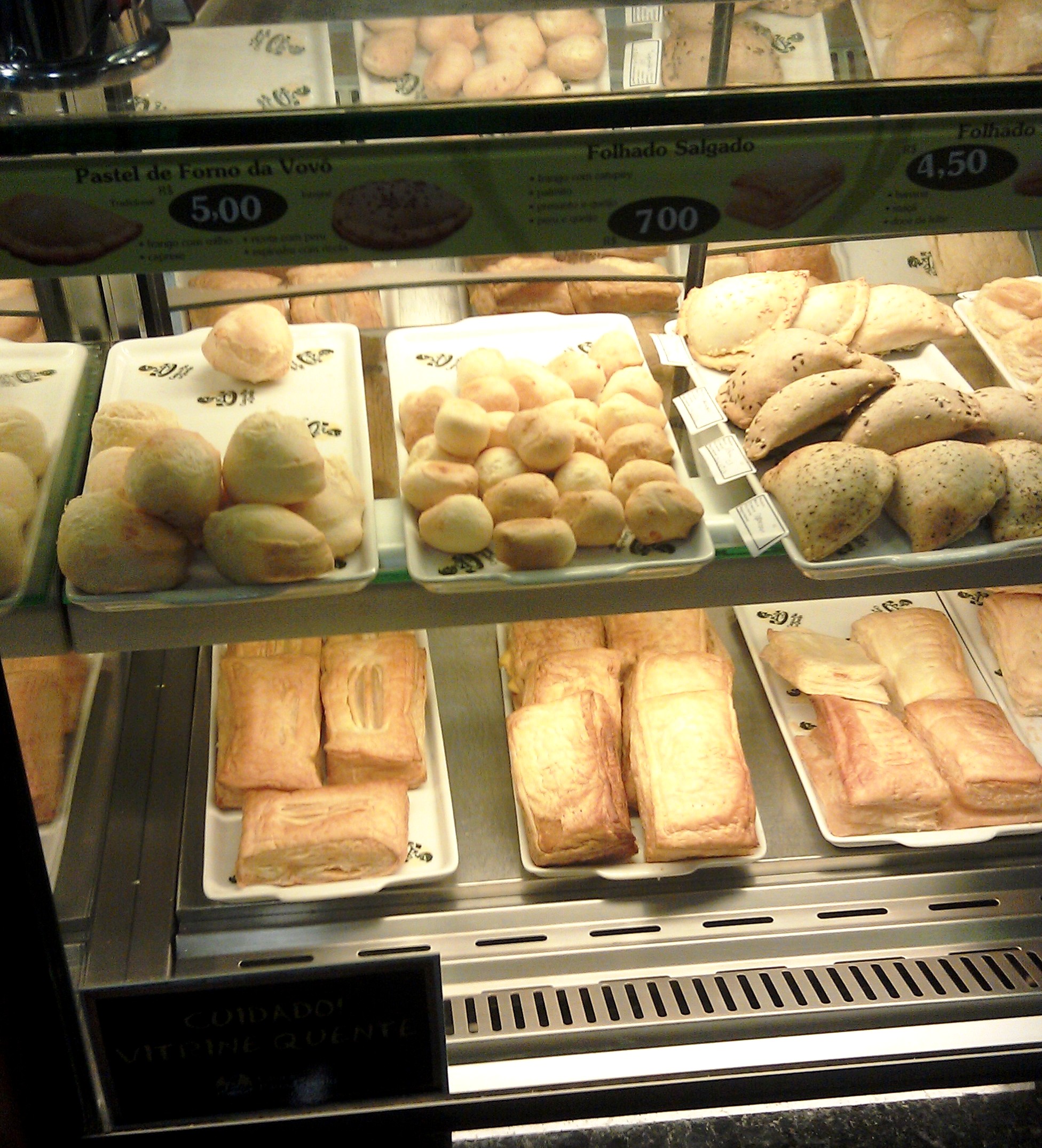
Way to crush my dreams guys! So what did I survive on while I was in transit? Bun-less burger patties from Bob’s (similar to McDonalds and there seems to be one on every corner), banana candies, and grilled chicken-flavored potato chips.
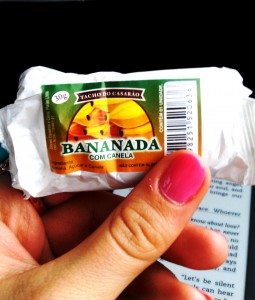
In Brazil packaged foods are required to state whether they have gluten or not on the label, even bottled water. So you’d think everyone would be hyper-aware of gluten allergies, right? Nope. Most people have no idea what gluten-free means.
What can you do if you need to eat gluten-free?
A) Eat only packaged foods so you know what’s in them (YUCK)
B) Only eat rice and beans**
C) Download a Gluten Free Restaurant Card in Portuguese to hand to your waiter
D) Get really familiar with Portuguese words related to gluten
sem glutén = without gluten
contén glutén = contains gluten
não contén glutén = doesn’t contain gluten
farinha de trigo = flour of wheat
malte = barley
aveia = oats
trigo = wheat
centeio = rye
**NOTE for vegetarians: most of the beans in Brazil (feijoada or caldinho de feijão) are cooked with chunks of meat for added flavor, so don’t assume they’re vegetarian.
One final tip: I was assured on numerous times that the farofa(toasted manioc flour that comes on the side of many dishes) was gluten-free, but frankly it wasn’t that good. It’s like eating breadcrumbs with a little seasoning. Sure, it can add a tiny bit of flavor and texture to your food, but it’s nothing incredible. So if you’re a strict celiac and uncertain of the ingredients in farofa, just avoid it and you won’t be missing much.
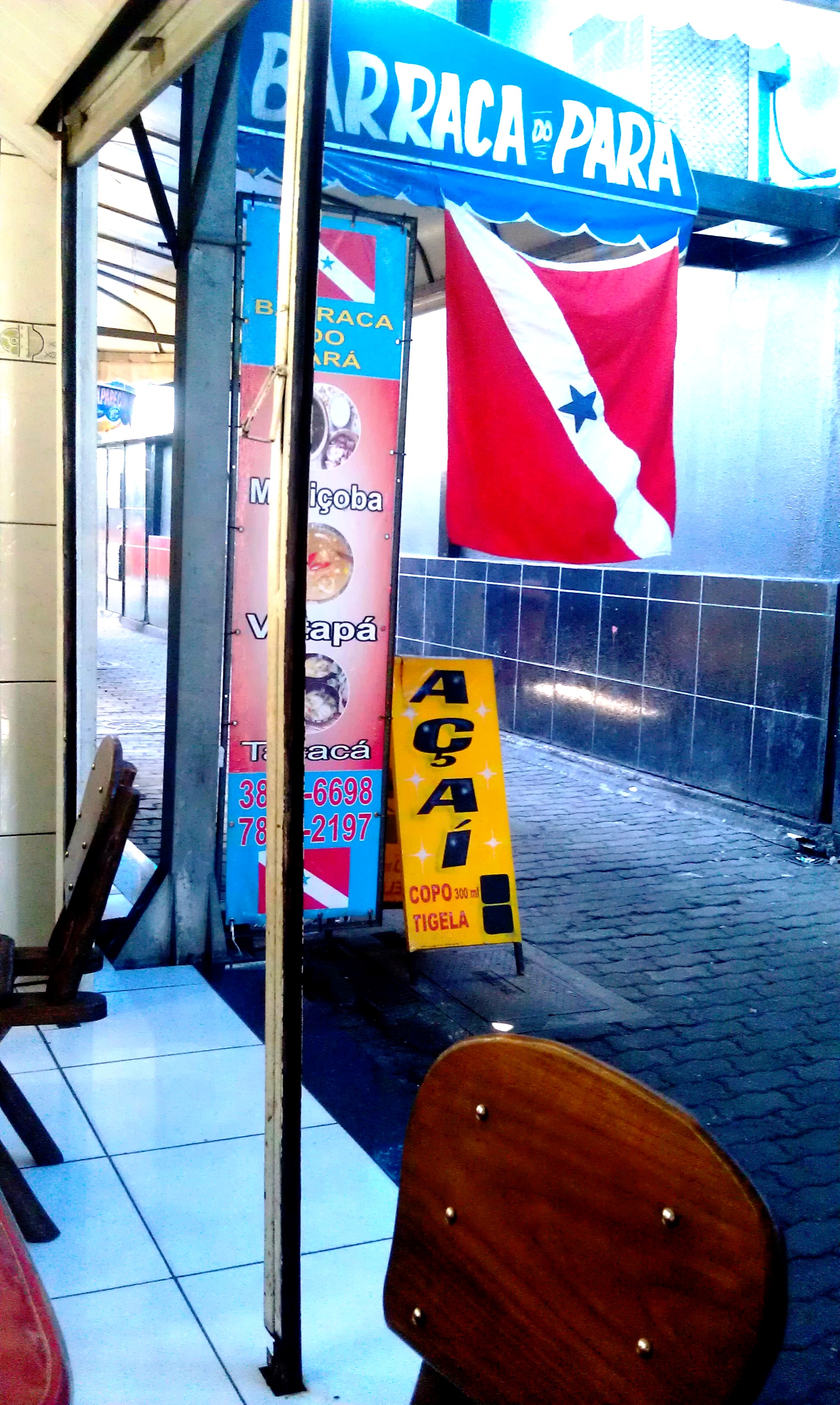
For now a couple of questions:
What is the best food you’ve tried in a foreign country? Is there a type of food you love and dream about trying in its country of origin?
